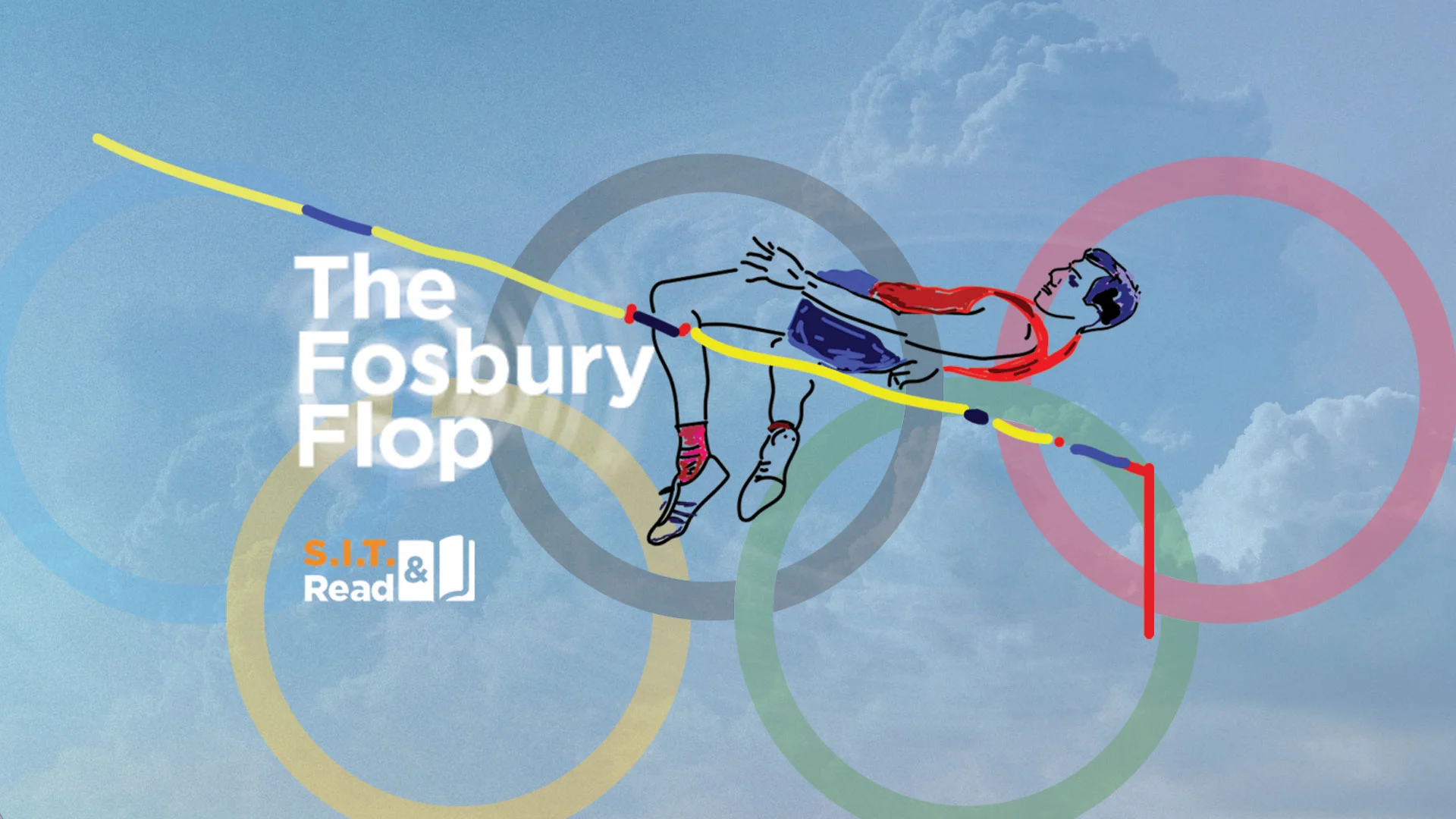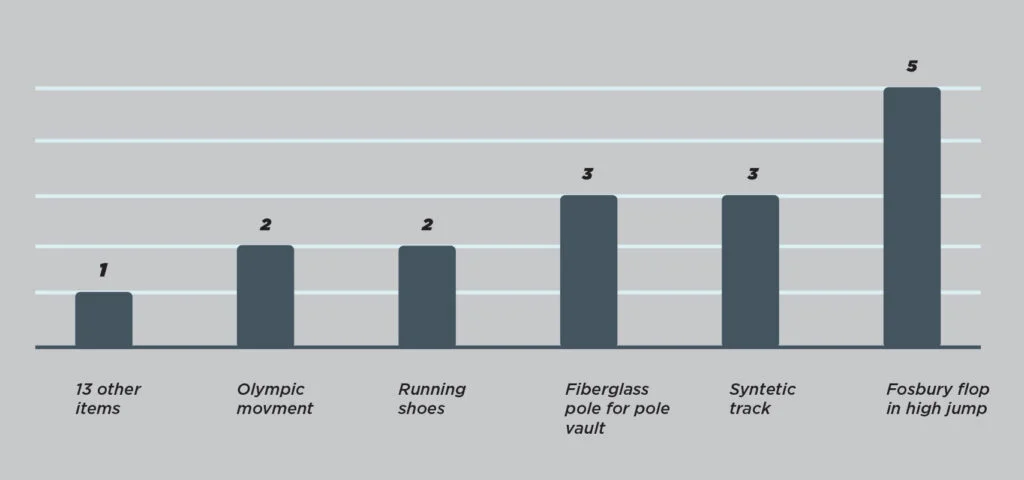Fly High – The Fosbury Flop


Whenever the Summer Olympics come along, I think about the many times I have heard my good friend and colleague, Dr. Jacob Goldenberg, so eloquently tell the story of (one of) the greatest sports innovations in history: the Fosbury Flop.
Common wisdom dictates that evolution does not result in revolutions – this is the difference between incremental innovation and breakthrough innovation. At SIT, we’ve been challenging this fallacy for decades. That’s why I love the true story behind the Fosbury Flop, which proves, once again, that common wisdom is a highly unreliable source for practical conclusions.
The Fosbury Flop? Never heard of it…


In 1968, a young high jumper by the name of Dick Fosbury revolutionized his field by winning the Olympic gold medal with a back-first flop that he himself had invented.
Why do we claim that this was revolutionary? There are several indications…
1) The Official Web Site of the Olympic Movement states: “An athlete will never again invent such a revolutionary style. Since this high jump approach, all specialists have adopted the “Fosbury flop” and the world record of the time, held by Soviet Valery Brumel (2.29 m) was quickly broken.”
2) Jacob and his colleagues asked 6 sports experts (sports historians, broadcasters, commentators) to each name the 5 most influential innovations in the history of sports. 5 of the 6 mentioned the Fosbury flop.
3) They also asked two dozen judges to rate the innovativeness of 9 sports innovations (including: the game of soccer, swimming techniques, the synthetic track, running shoes, and participation of women) along a list of parameters. The Fosbury flop rated highest overall and first place on its impact on sports, its originality, and its revolutionary nature.


Now that we’ve established that, what’s the story?
At the age of 10, Fosbury learned a high jump technique called the Scissors, which he had copied from some children in his school. At the age of 11, in the fifth grade, Fosbury’s Phys Ed teacher and coach taught all the kids trying out for track to use the Straddle or “western roll” style. After switching to the straddle and beginning all over, Fosbury fell behind the other jumpers competitively. He was very frustrated and asked his coach if he could revert to the old scissors style to get a better result and maybe boost his confidence a bit. His coach conceded.
So Dick decided to try his old style during his next competition. Feeling awkward yet persistent, Fosbury managed to clear his previous best jump of 1.63 meters, and then, facing a new height, knew he had to adjust something. With the scissors style, the jumper typically knocks the bar off with his/her behind, and sometimes with the movement of the legs. To avoid this, Fosbury tried to lift his hips up higher, which dropped his shoulders simultaneously. Fosbury cleared the height. He continued raising his hips until he eventually cleared 15cm higher for a new personal record, and even placed fourth to score points for his team. No one knew what Fosbury was doing as he transformed this old technique into something new, as each attempt was a little different. The opposing coaches checked the rulebook for legality since Fosbury had unexpectedly begun to beat their jumpers.
The next two years, 1964-1965, involved a slow evolution in the technique. Using his curved approach to the bar, Fosbury intuitively began to turn his inside shoulder away from the bar, to get his head over the bar sooner. Thus, the following year, pictures show Fosbury clearing the bar with his body at a 45-degree angle to the bar, no longer parallel to it. By the second year, Fosbury had fully evolved to clearing the bar with his back to it, arching his hips over, then un-arching to kick his heels over and land on his back in the foam pit. In other words, two years of small incremental changes were required for Fosbury to come up with the final, apparently radical, version of his jump.
Dick Fosbury had never envisioned being an Olympic athlete, even up until the 1968 Games. He maintains that he did not set out to change anything — in his own words, “I just wanted to play the game”.
And he did. As the story shows, his is an example that Radical innovations can be the result of a sequence of incremental steps (and oftentimes are – we just don’t notice them due to the perspective of time).
Thanks, Jacob, for sharing this story with me!
How One Man Changed the High Jump Forever | The Olympics on the Record
Recent Posts
Innovation Behavior
Innovation is a skill, not a gift. Top organizations drive growth by nurturing and investing…
Should you learn TRIZ? – Yes. ….and No.
Are you in the world of problem solving? Is problem solving a skillset you have…
What Lies Ahead in 2024?
5 Data-Driven, Customer-Centric trends we’ve identified This is not just another conventional forecast. Over nearly…
Fork or Chopsticks – Which Innovation Tools Do You Use?
Imagine a chef, who only uses a spoon. Imagine a dentist, who only uses a…
The Moat Mentality: Exploring New Frontiers in Innovation Methodologies
In investing and business strategy, we often speak in terms of moats. Warren Edward Buffett…
Was it a Breakthrough or an Adjacency?
This year, P&G’s Febreze celebrates its silver anniversary as a brand. But not all 25…


